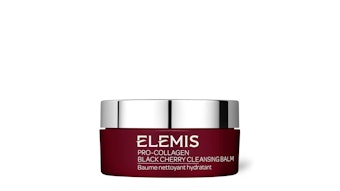
There’s a lot that goes into managing retail inventory for your skin care facility beyond just plugging in numbers on a spreadsheet. Savvy entrepreneurs understand that good retail inventory starts with a solid retail strategy—and sticking to it.
Strategy 1: Create a product category list
“Start with a list of the product categories that you feel you need to carry,” advises Charles Compton, founder of Mars Solutions, in the August 2012 issue of Pulse magazine, the International Spa Association’s (ISPA) official publication.
But why is retail categorization so important in the inventory process? According to Retail Management for Spas, an ISPA educational resource, product categorization is important because sales forecasting is conducted for each individual product classification. Without sales forecasting, you will not have access to trends and data critical to making an informed decision toward selecting and purchasing products.
Strategy 2: Determine the right amount of inventory
When deciding inventory levels, many business owners often ask: How much is too much or too little?
Having too little inventory could mean missed revenue opportunities; and having too much may result in aged inventory and, eventually, lost revenue. As a general rule, Compton suggests sticking to the standard retail metrics, which is a ratio of between three-to-six months’ worth of revenue. As an example, he says, a spa that earns $20,000 a month in retail sales should have between $60,000–120,000 in retail value of inventory (approximately $30,000–60,000 at cost).
Strategy 3: Perform a regular retail inventory
To ensure that you maximize your inventory investment potential, make it a habit to perform a weekly review of your 20 best-sellers. Act fast to replenish them since, according to Retail Management for Spas, studies have shown that your top 20 items can make up 20–50% of your sales and, on average, contribute a higher profit margin.
In the spa industry, a majority of spas conduct retail inventory on a monthly basis. Data from the May 2012 ISPA Snapshot Survey showed that 73% of resort and hotel spas conduct retail inventory on a monthly basis compared to 63% of day spas. This suggests that a majority of spas are consistently and promptly reviewing their inventory. Being proactive when it comes to retail inventory can help you quickly identify top-sellers and slow-movers, and better manage aging inventory.
Strategy 4: Promptly manage aging inventory
Unlike wine, inventory doesn’t get better with age. Although inventory is a revenue asset, it is unfortunately a perishable one. “When it comes to retail inventory, the clock determines everything,” says Compton. “If merchandise has been in inventory three to four months and failed to achieve sell-through, then you are better to put it on sale at least 30% off. Once it hits six months, it will need to be 50% off original price.”
Using the markdown tactic ensures that you will not have an accumulation of aging inventory. “You can’t think about item cost; it is now based on market value,” Compton emphasizes. After all, your goal is to recover your investment and reinvest it in your top sellers.
In the end, retail inventory is a puzzle with many moving parts; however, having the right strategy and commitment to stick to it helps ensure that you are maximizing your retail revenue potential.

Mae Mañacap-Johnson is the editor of Pulse magazine, which is circulated to ISPA members in more than 70 countries around the globe. Established in 1991, ISPA is a professional organization representing health and wellness facilities and providers. Additional insights on retail and inventory management can be found in Pulse and ISPA’s Retail Management for Spas.










